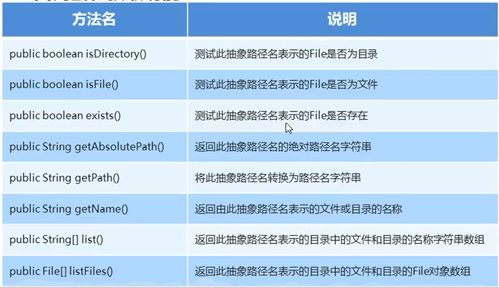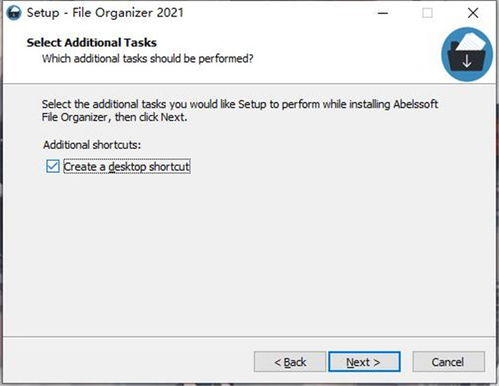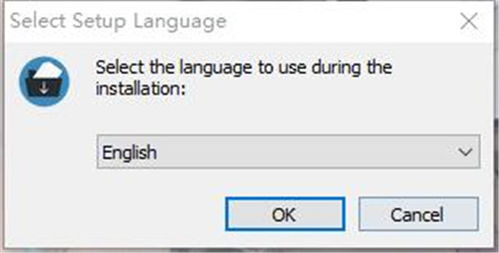
Understanding Your 2021 Taxes: A Detailed Guide for You
Handling your taxes can be a daunting task, especially when it comes to the 2021 tax year. Whether you’re a seasoned tax filer or a first-timer, it’s crucial to have a comprehensive understanding of the process. This guide will walk you through the ins and outs of filing your 2021 taxes, ensuring you’re well-prepared and confident in your approach.
1. Gathering Your Documents

Before diving into the tax filing process, you’ll need to gather all the necessary documents. Here’s a list of the most common items you’ll need:
- W-2 forms from all employers
- 1099 forms for any income other than wages (e.g., interest, dividends, self-employment)
- 1098 forms for mortgage interest and student loan interest
- 1095-A, B, or C forms for health insurance coverage
- Proof of any tax credits or deductions you plan to claim
- Previous year’s tax return (if available)
Make sure to keep these documents organized and easily accessible throughout the tax filing process.
2. Choosing the Right Filing Status

Your filing status determines the tax brackets you’ll be taxed at and the credits and deductions you may be eligible for. Here are the five filing statuses:
- Single: If you’re not married and haven’t lived with a qualifying person at any time during the year.
- Married Filing Jointly: If you’re married and file a joint tax return with your spouse.
- Married Filing Separately: If you’re married but choose to file separate tax returns.
- Head of Household: If you’re unmarried, have a dependent child, and paid more than half the cost of keeping up a home for yourself and your dependent.
- Qualifying Widow(er) with Dependent Child: If you’re a surviving spouse who has a dependent child and files a joint return for the two years following the year of your spouse’s death.
Consider your personal situation and choose the filing status that best suits your needs.
3. Understanding Tax Brackets

The tax brackets determine the percentage of tax you’ll pay on your income. Here’s a breakdown of the 2021 tax brackets for single filers:
| Income Range | Percentage |
|---|---|
| $0 – $9,950 | 10% |
| $9,951 – $40,525 | 12% |
| $40,526 – $86,375 | 22% |
| $86,376 – $164,925 | 24% |
| $164,926 – $209,425 | 32% |
| $209,426 – $523,600 | 35% |
| $523,601 and above | 37% |
Keep in mind that these brackets are just a starting point, and your actual tax liability may be affected by other factors, such as deductions and credits.
4. Taking Advantage of Credits and Deductions
Credits and deductions can significantly reduce your tax liability. Here are some common credits and deductions you may be eligible for:
- Standard Deduction: A fixed amount that reduces your taxable income.
- Retirement Account Contributions: Contributions to certain retirement accounts, such as IRAs and 401(k)s, may be deductible.
- Medical Expenses: If you’ve paid more than 7.5% of your adjusted gross income (AGI) in unreimbursed medical expenses, you may be eligible for a deduction.
- State and Local Taxes (SALT):



